Ecuadorians believe that eating pure cane sugar is healthy. Especially if that cane sugar comes fresh from the field and is only lightly processed. They call it panela and will go out of their way to buy their favorite brands.
Pacto is a small farming community just a couple of hours west of Quito. They grow sugar cane… fields and fields of it. If you arrive on a Friday afternoon, you will notice steaming vapor coming from many of the buildings on the cane covered hillsides. These are trapiches or mills. The vapor is liquid cooking off the wide-open vats full of cane juice.
But the process of making panela begins much earlier in the week. I visited the Finca Santa Teresita in Pacto to learn more about the process. It begins with the harvest of the actual cane. For three days, generally Monday, Tuesday, and Wednesday, the family goes out to the fields to cut cane stalks. On Thursday, they transport all the cut cane to the mill.
On Friday, harvested cane is put through an extractor, a machine that separates the juice from the fiber. That juice is called guarapo and is delicious. You can find fresh cane juice, sometimes served with a squeeze of fresh lime, on many a roadside in Ecuador.
The chaff, barago, is left to dry. It will be used to feed animals on the farm. The remaining cane juice is cooked in a series of vats until it becomes syrup, or jarabe. At the final vat, the person holding a large wooden paddle, un batidor, decides when the syrup has reached the correct point that it will harden into a solid mass when cooled. They use the paddle to stir and stir the thickening mixture. Then they lift portions and place them into molds. At Finca Santa Teresita, they use a round mold for their blocks of panela. When the sugar hardens, the mold is removed and the panela is ready for sale.
I visited at the end of the day when the vast majority of the sugar making work was finished. That meant I could say row upon row of golden-brown tapas de panela. Most of this sugar would be picked up the following day and taken to market in Quito. You could probably buy panela de Pacto in the markets of Iñaquito or Santa Clara. Each round should cost about $2.00.
If you would like to visit a trapiche in the Pacto area, I recommend arriving on a Thursday night and staying in town. Work in most of the trapiches starts in the wee hours of Friday morning but since you’re just observing, a mid-morning arrival should be fine. If you arrive same-day, ask about working trapiches at La Cañita, a local restaurant and hotel.
Santa Teresita
This is the approximate location of Santa Teresita… ask the locals for the best place to see the panela-making process and they will be sure to direct you to a great trapiche.
La Cañita
This is a simple but clean hotel with excellent options for breakfast. The hotel is around the corner from the main plaza at 27 de marzo y España. Or you can call 02-217-6103, 099-226-0951, 099-331-0643 or email lacanita.pacto@hotmail.com
Information For Your Trip
Be prepared for windy roads and cars passing on blind curves.
- Direction by Car, use WAZE and look for Pacto, Pichincha. Although a Pacto is listed on Google Maps, it is the neighborhood of Delicia and the town of Pacto actually can be found sooner. You can also enter Museo de Tulipe, Quito and continue on that same road until you enter the town of Pacto.
- Direction by Public Transportation – there are buses from Quito to Otavalo that pass through Pacto. Yes, this sounds like an unusual route but it does exist!

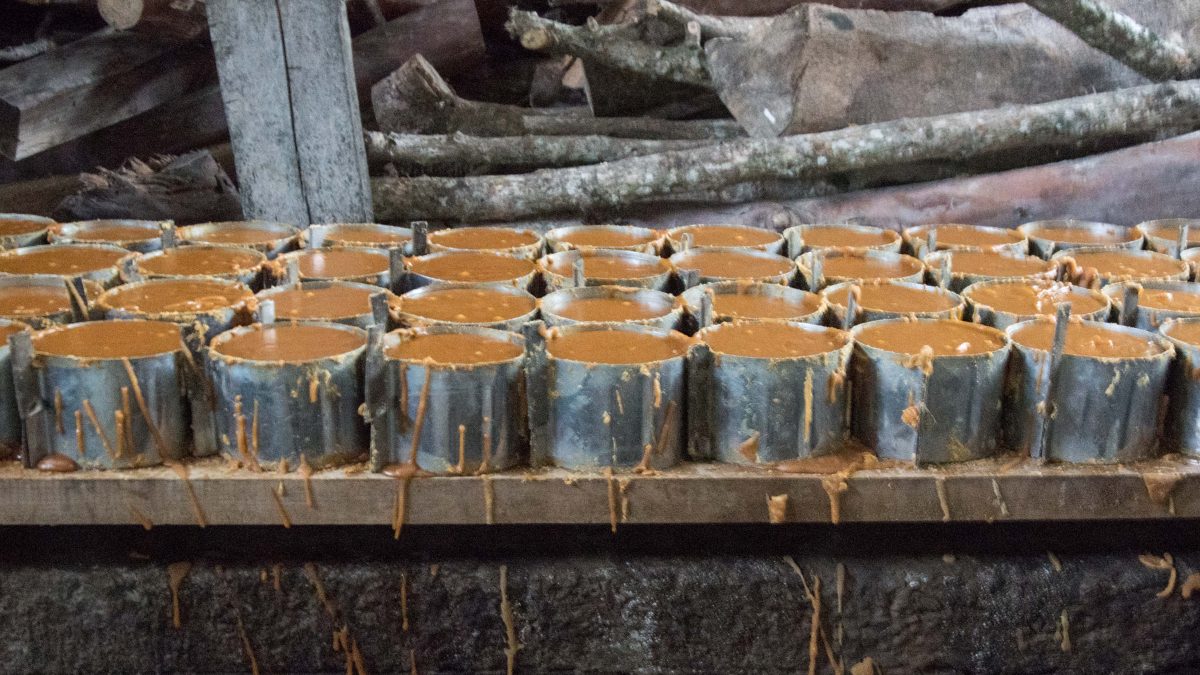
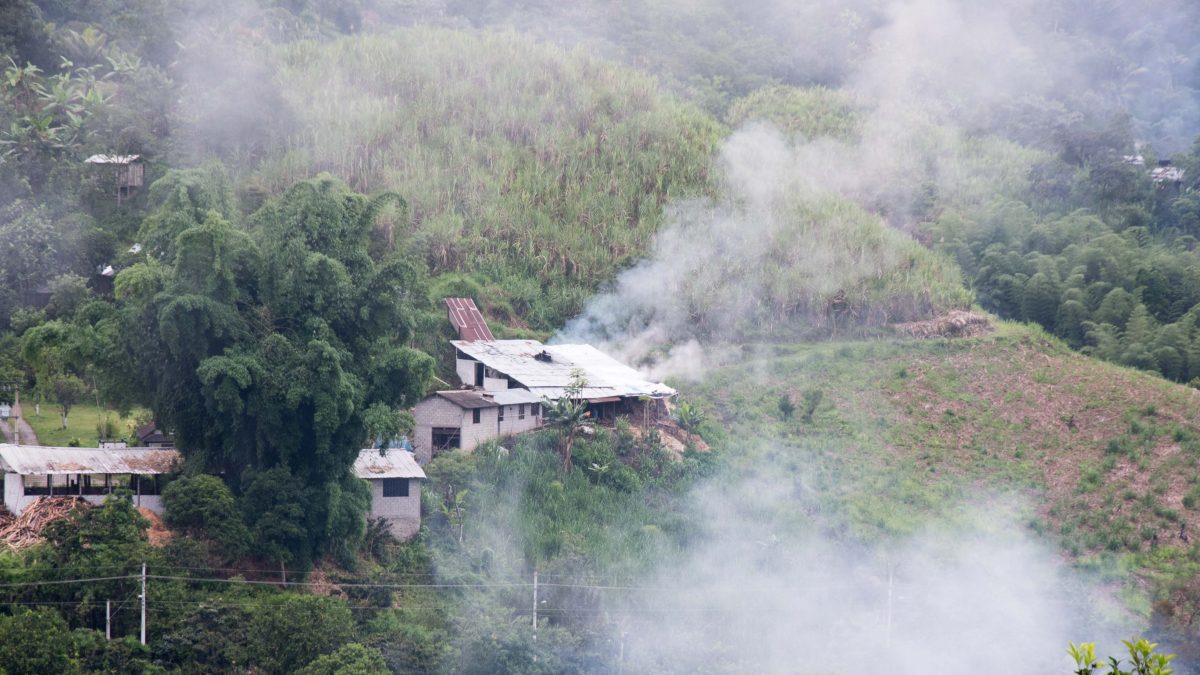
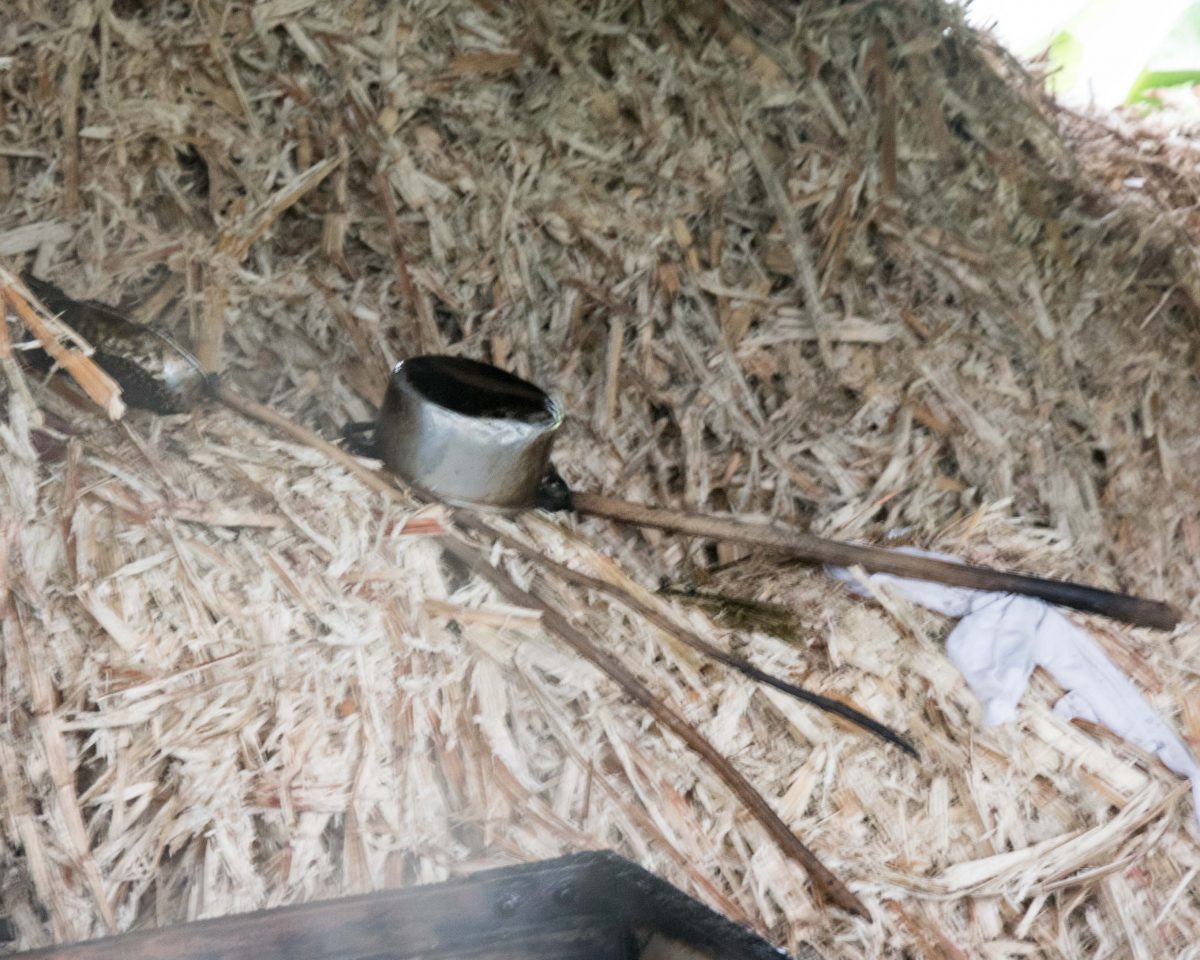
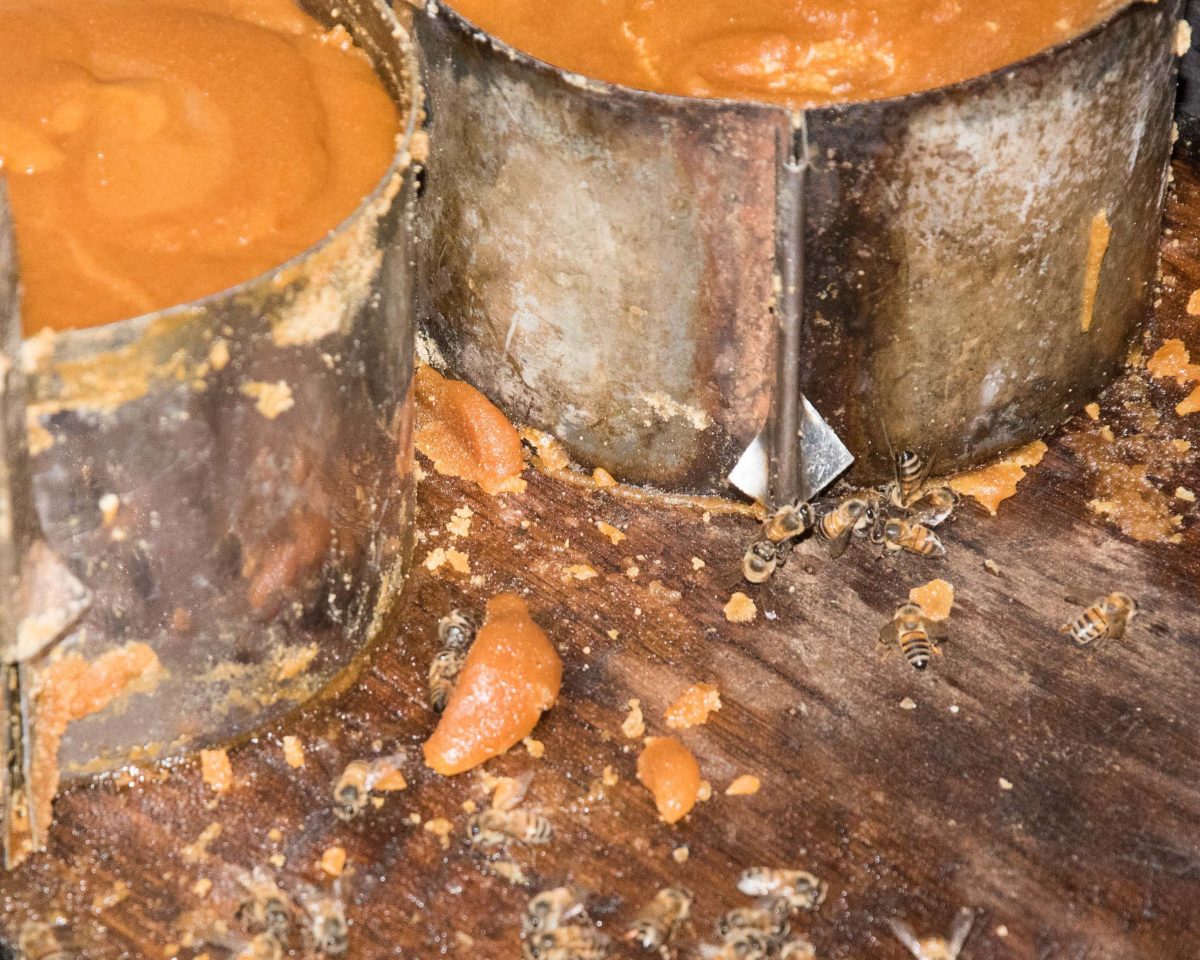
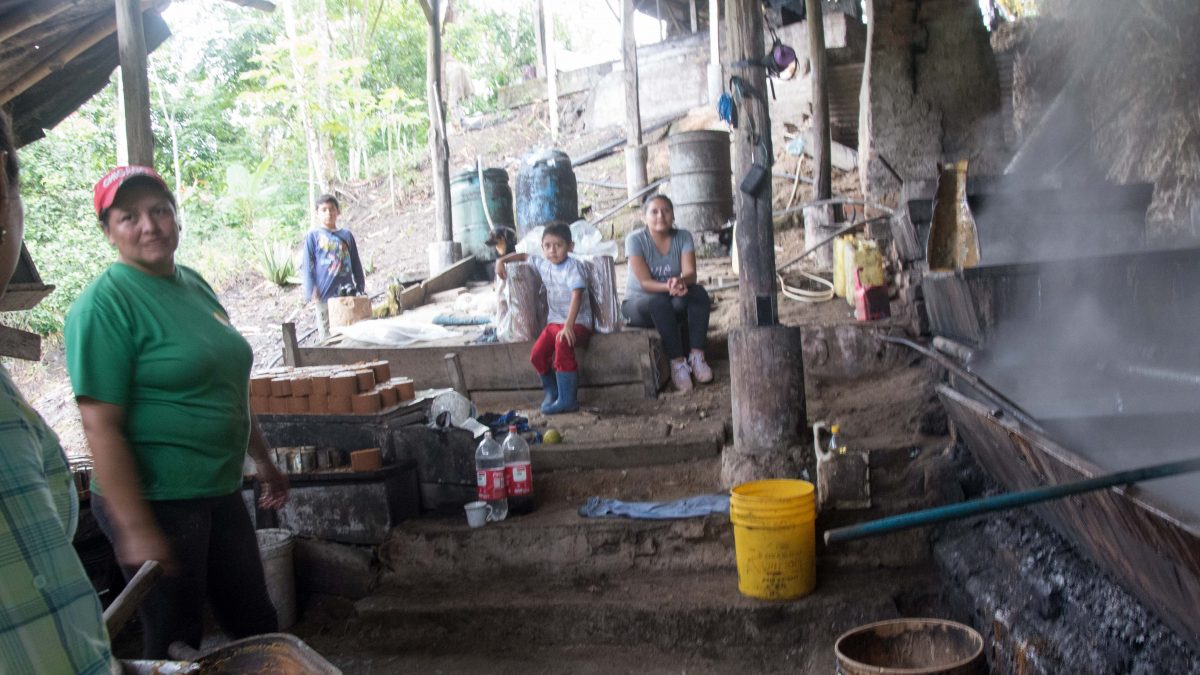











0 Comments